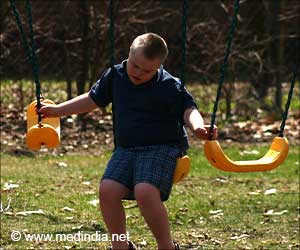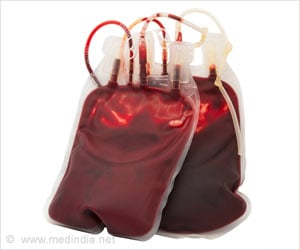According to a new research, vigorous exercise can help prevent both cataracts and age-related macular degeneration.
According to a new research, vigorous exercise can help prevent both cataracts and age-related macular degeneration.
The pair of studies that tracked approximately 41,000 runners for more than seven years found that running reduced the risk of both cataracts and age-related macular degeneration."In addition to obtaining regular eye exams, people can take a more active role in preserving their vision," says Paul Williams, an epidemiologist in Berkeley Lab's Life Sciences Division, who conducted the research.
"The studies suggest that people can perhaps lessen their risk for these diseases by taking part in a fitness regimen that includes vigorous exercise," the expert added.
A cataract is a cloudy opacity of the eye lens and age-related macular degeneration is damage to the retina.
To conduct the conclusion, Williams analyzed data collected in the National Runners' Health Study, which he established in 1991 to determine the health benefits of running.
In this case, he followed approximately 29,000 male runners and 12,000 female runners for more than seven years. Of these people, 733 men reported being diagnosed with cataracts on a questionnaire filled out at the end of the study. Too few women reported cataracts to track.
Advertisement
A second study found that running appeared to reduce the risk of age-related macular degeneration. In the study, 152 men and women reported being diagnosed with the disease. Compared to people who ran less than 1.2 miles per day, people who averaged between 1.2 and 2.4 miles per day had a 19 percent lower risk for the disease, and people who ran more than 2.4 miles per day had between 42 percent and 54 percent lower risk of the disease.
Advertisement
Source-ANI
ARU/L














